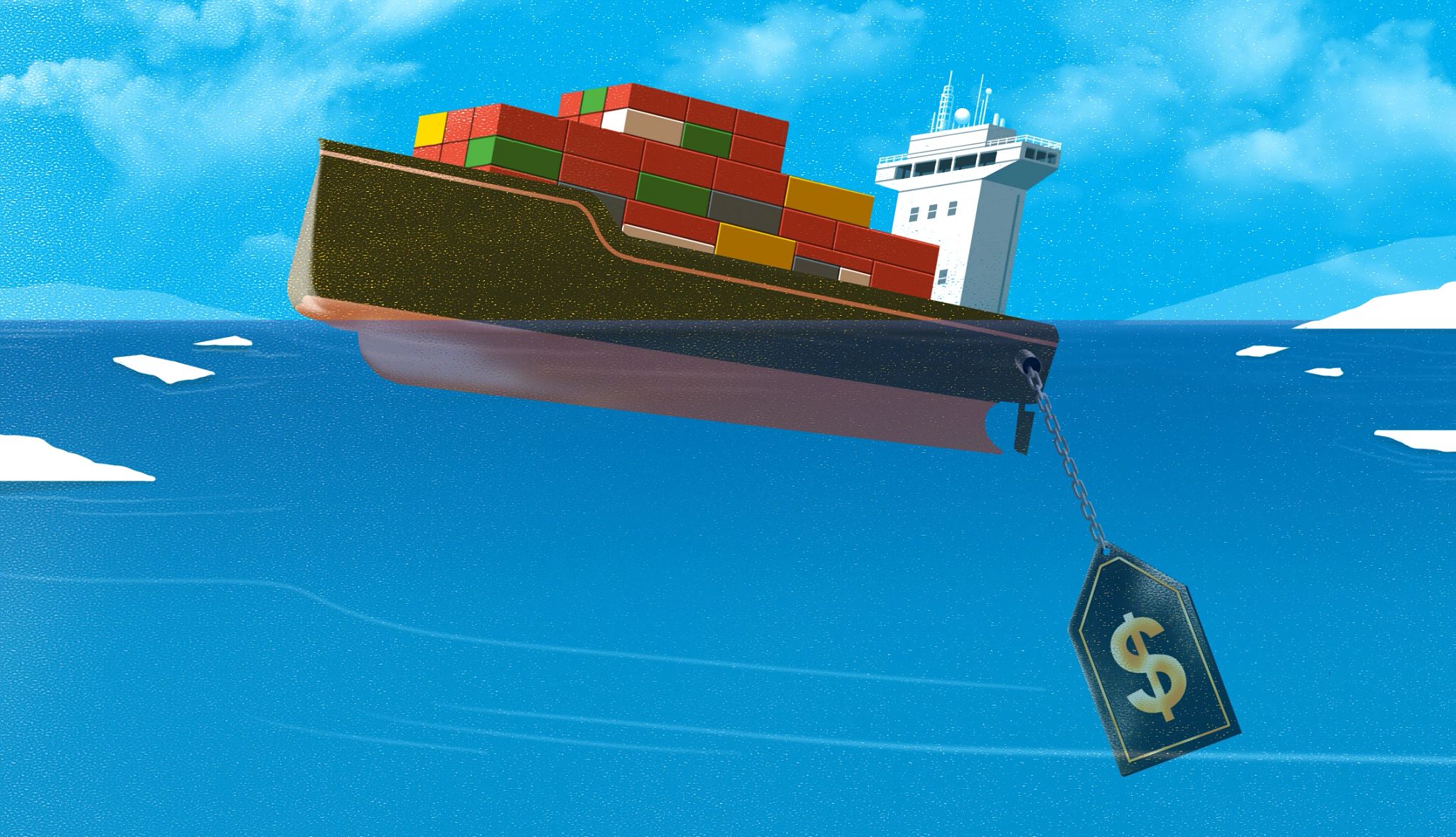
- Select a language for the TTS:
- UK English Female
- UK English Male
- US English Female
- US English Male
- Australian Female
- Australian Male
- Language selected: (auto detect) - EN
Play all audios:
President Donald Trump has imposed far-reaching tariffs on U.S. trade partners, including a 10 percent baseline tariff on imports from all countries except for Mexico and Canada, since he
took office. Dozens of nations, such as India, the European Union and other major trade partners, were facing higher reciprocal tariffs before Trump issued a 90-day pause on them on April 9.
Trump also reached a 90-day deal with China on May 12 to reduce America's tariffs on most Chinese imports from 145 percent to 30 percent in exchange for a reduction of China's
tariffs on American products from 125 to 10 percent. On April 11, Trump announced a reciprocal tariff exemption for smartphones, laptops and various electronics, bringing relief to big tech
companies like Apple, which makes and assembles 90 percent of iPhones in China. Trump said he issued this year's tariffs, in part, to restore American manufacturing jobs and boost
domestic production. However, the announcement comes on the heels of several rounds of major tariffs introduced earlier this year and amid fears of a global trade war, economists warn, as
U.S. retailers prepare for higher import costs and consumers brace for higher prices on everything from groceries to toys to sneakers to cars. These broad import taxes and retaliatory
tariffs imposed by other countries could have a significant impact on U.S. consumers' pocketbooks, economists warn. “It's possible that retailers won't pass the higher
import prices to consumers immediately, but I would expect them to eventually increase prices,” says Amit Khandelwal, a professor of global economics and global affairs at Yale University.
Duleep Rodrigo, consumer and retail sector leader at KPMG, agrees. “While retailers may adjust sourcing or pricing strategies to mitigate the impact, many will have limited ability to fully
shield consumers,” he says. “The extent of any price changes will depend on factors like a company’s supply chain flexibility, competitive dynamics and consumer demand.” AT A GLANCE:
TRUMP'S TARIFFS IN 2025 President Donald Trump has issued a series of tariffs this year, with sweeping tariffs against all U.S. trade partners announced on April 2. However,
America's import taxes are in a state of flux, with the White House frequently announcing changes to the nation's trade policies. Here is a condensed timeline of the major tariffs
that have taken effect in 2025. * FEB. 4: 10 percent tariff against China on top of the pre-existing 10 percent tariffs levied during Trump's first term * MARCH 4: 10 percent additional
tariff Chinese imports * MARCH 12: 25 percent tariff on steel and aluminum imports from all countries * APRIL 3: 25 percent tariff on all imported vehicles * APRIL 5: 10 percent universal
tariff on all U.S. trade partners except for Canada and Mexico * APRIL 9: 145 percent total tariff on Chinese imports * APRIL 11: Trump announces a reciprocal tariff exemption for
smartphones, laptops and other certain electronics, with refunds issued for reciprocal tariffs collected on these goods since April 5 * APRIL 29: Trump signs an executive order that U.S.
automakers paying tariffs on foreign-made vehicles won’t also be charged for other import taxes * MAY 12: Trump reaches a deal with China to reduce America's tariffs on most Chinese
imports from 145 percent to 30 percent for 90 days Look out for potential price hikes on these nine items. AUTO INSURANCE Trump has proposed 25 percent tariffs on most goods imported from
Canada and Mexico, but they've been put on hold in accordance with the the United States-Mexico-Canada Agreement (USMCA), Trump said in March. If the tariffs do take effect and
increase prices for car parts, that could lead to higher auto insurance premiums, a recent study by Insurify found. According to the report’s projections, the taxes on auto parts imported
from America’s neighbors would raise the average annual cost of car insurance by 8 percent in 2025, to $2,502. You won't see prices increase right away, though. Before they can raise
rates, "insurers have to get rate increases approved on a state level by insurance regulators and provide proof that the cost of auto claims has risen because of tariffs," says
Matt Bannon, a data journalist at Insurify who worked on the study. AUTOMOBILES Planning to shop for a new set of wheels? Automobile prices could see a big bump, with the 25 proposed tariffs
against Mexico and Canada adding as much as $12,000 to the price of a new car, according to research from East Lansing, Michigan-based consulting firm Anderson Economic Group. Market
analysts say the additional 25 percent tariff on imported vehicles that took effect April 3 and a 25 percent tariff on imported auto parts that's set to take effect May 3 could drive
up prices further, , although President Trump signed an executive order on April 29 allowing U.S. automarkers to be partially reimbursed for the levies on foreign parts for the next two
years based on a proportion of the cost of the imported components. Moreover, an S&P Global Mobility report published in January found that a 25 percent tariff on a $25,000 vehicle from
Mexico or Canada would add $6,250 to its import cost, with U.S. car dealers "likely to pass most, if not all, of this increase to consumers," the study said. The 25 percent
tariffs on imports of steel and aluminum could also raise prices for car parts, making repairs more expensive.






